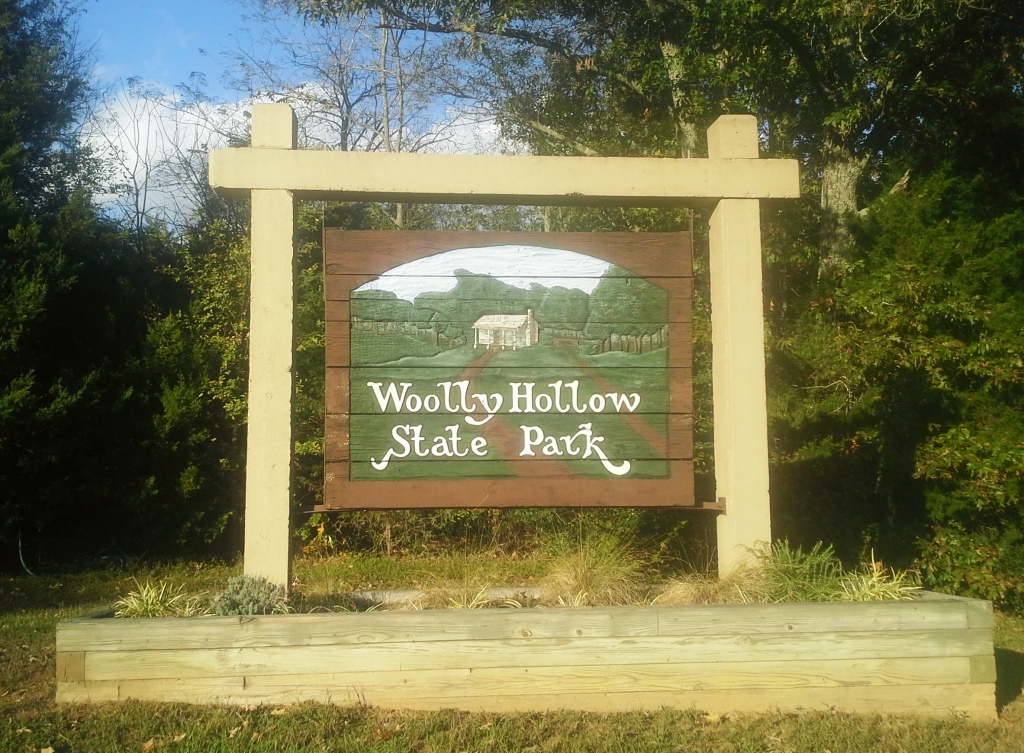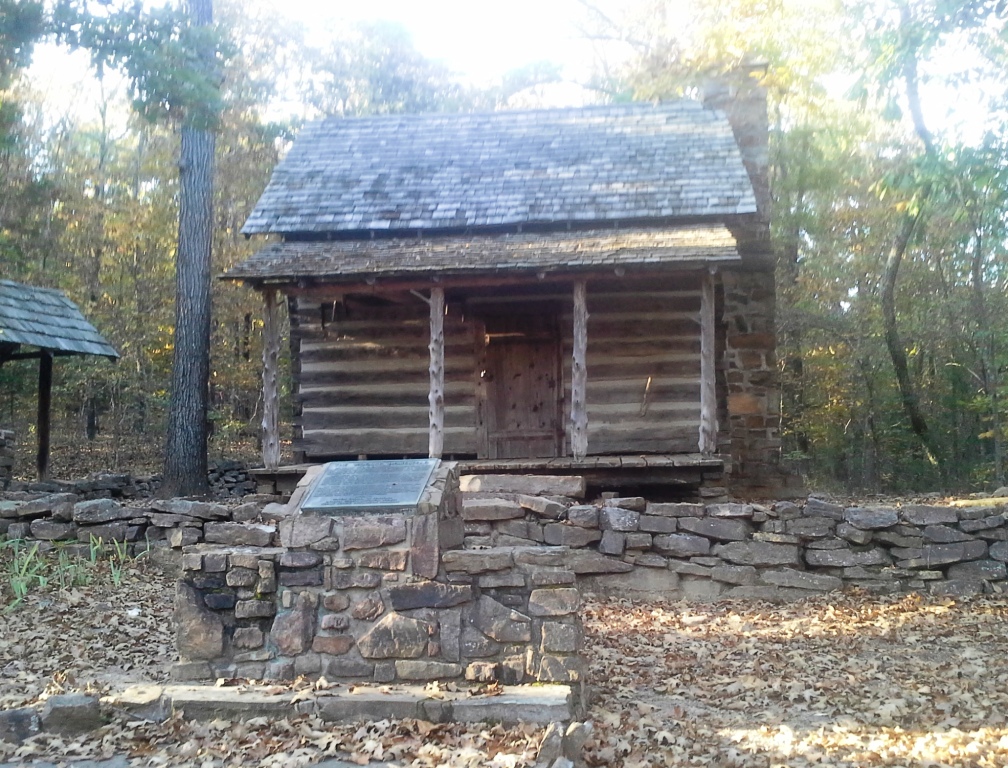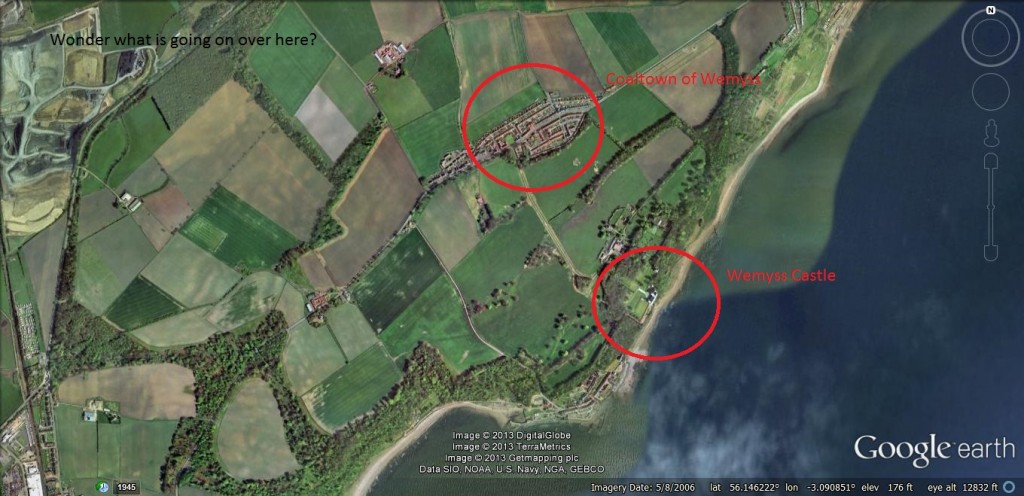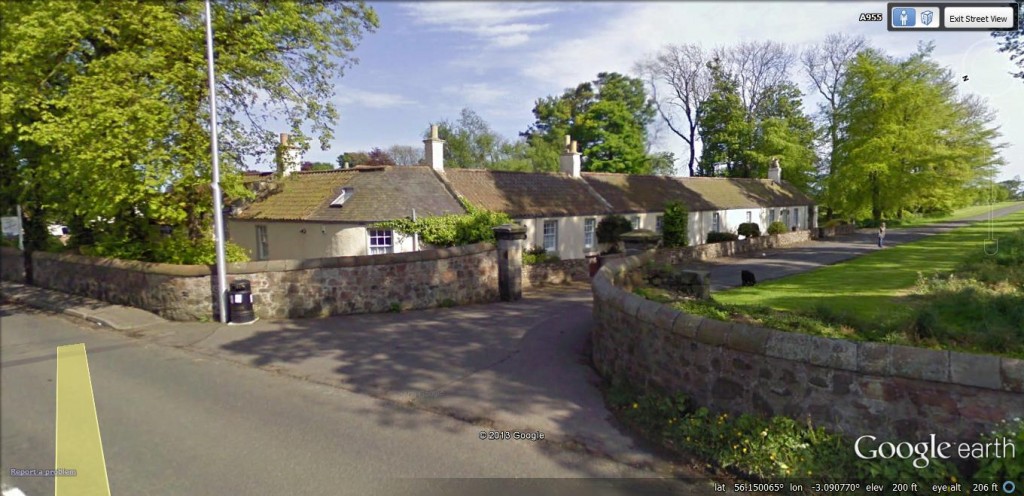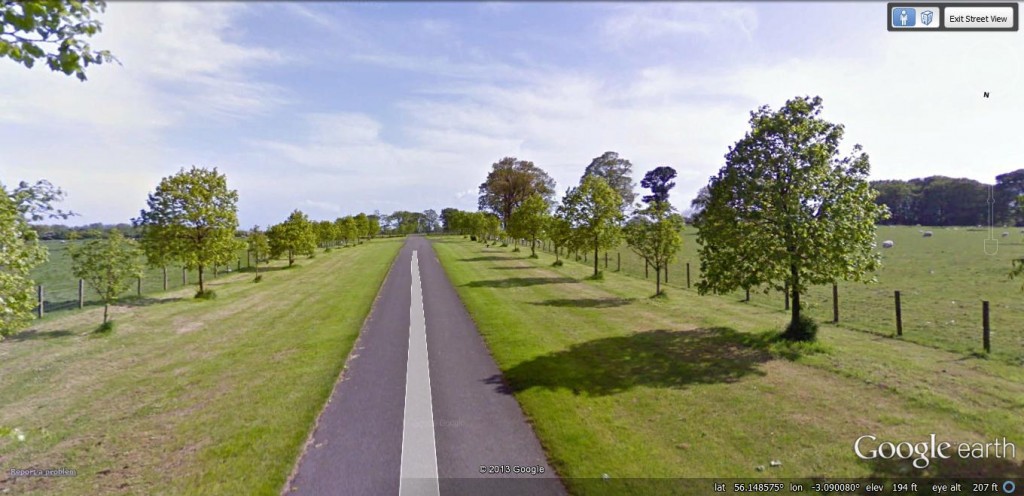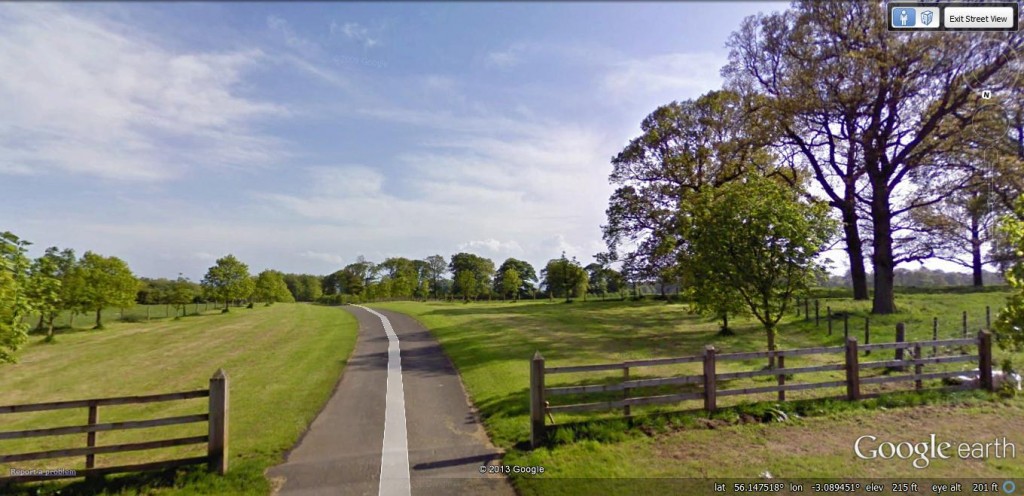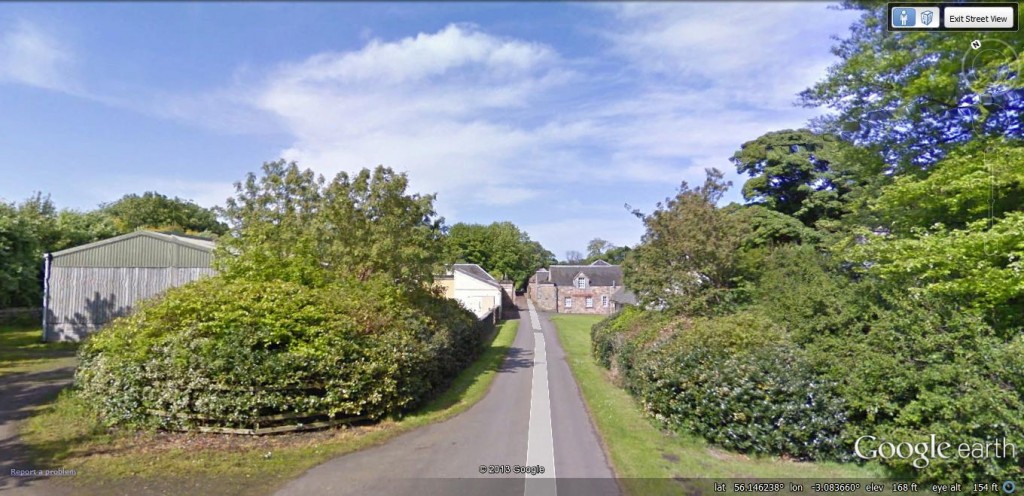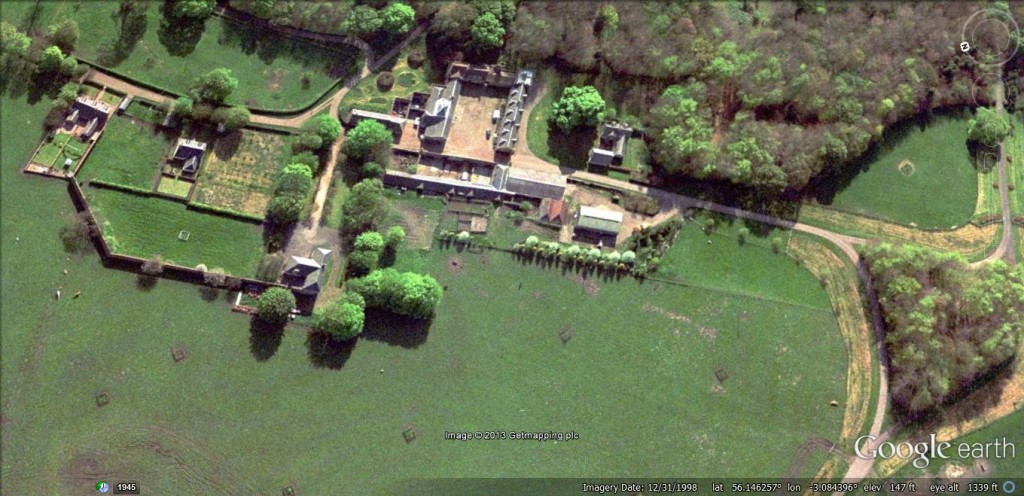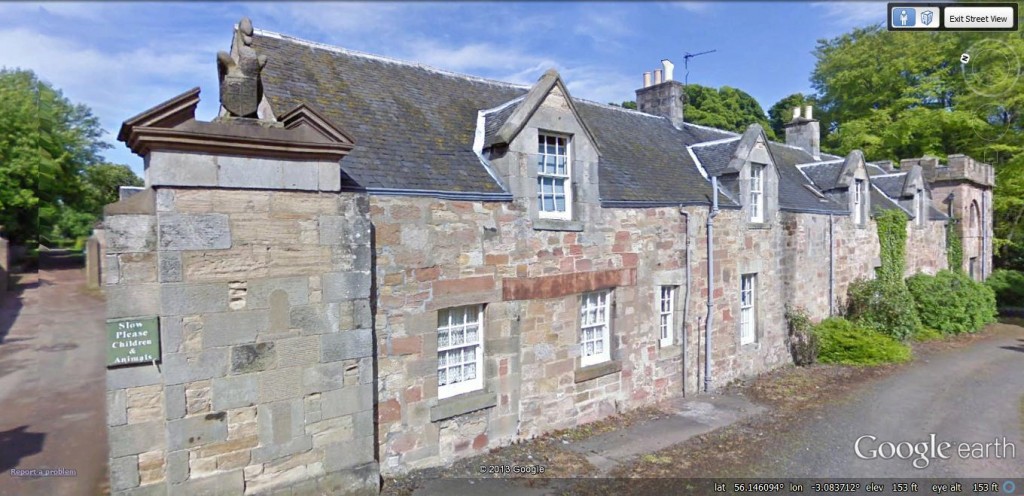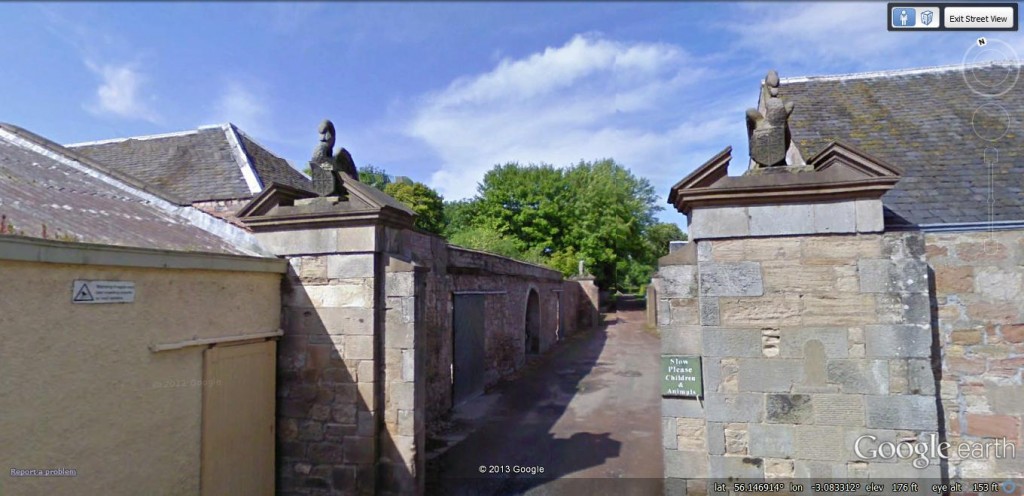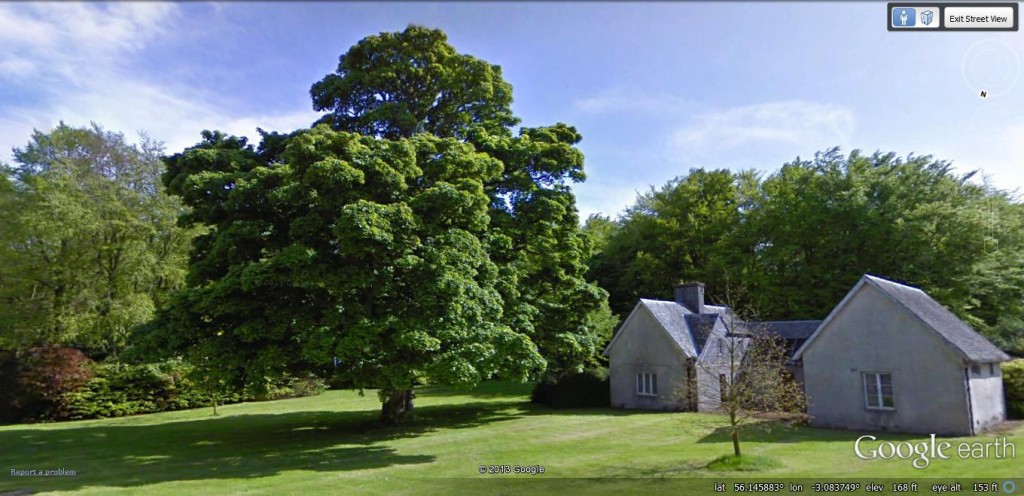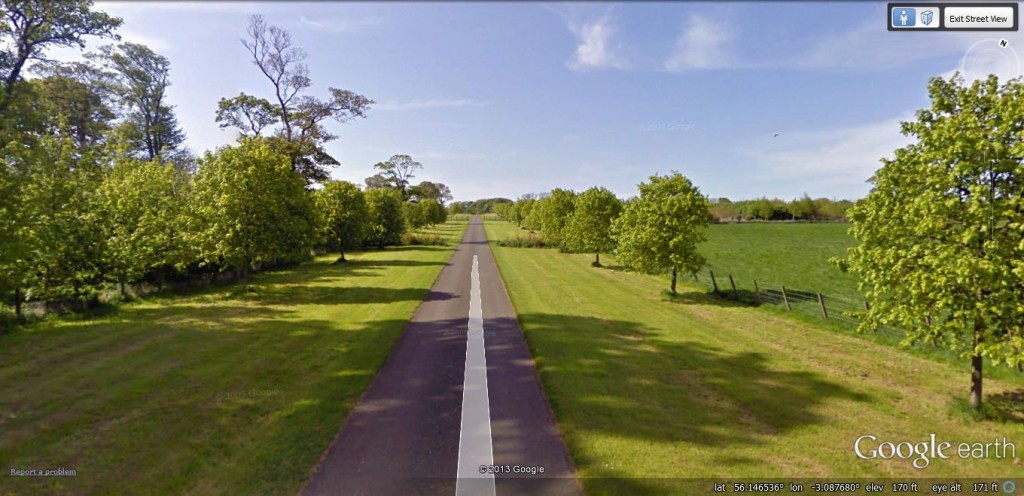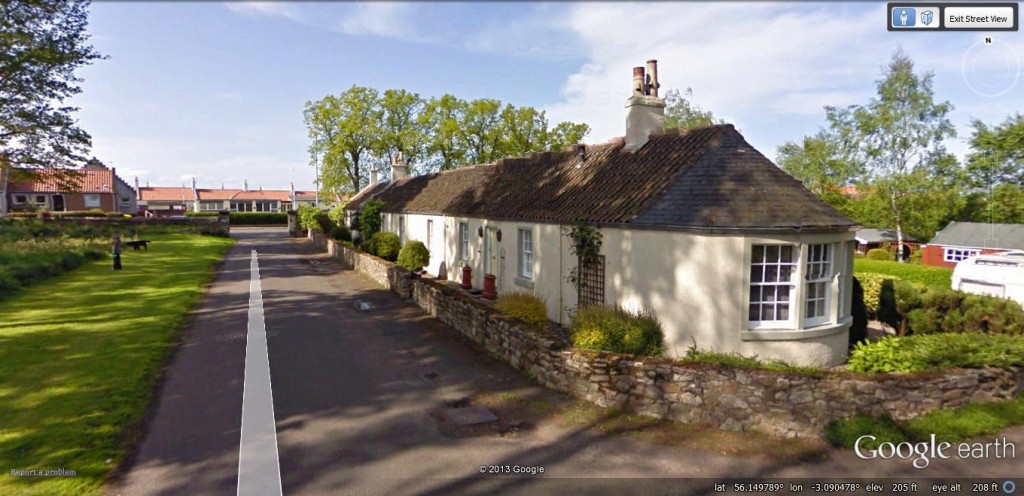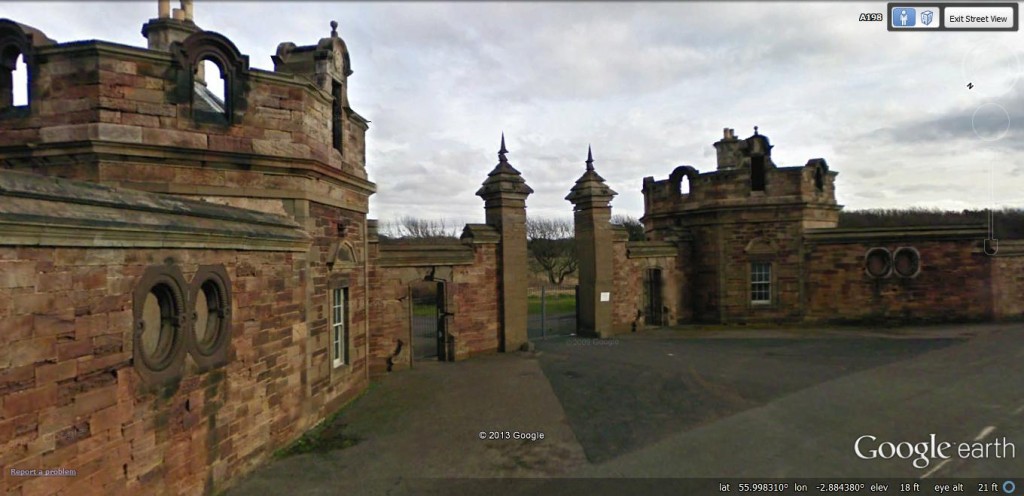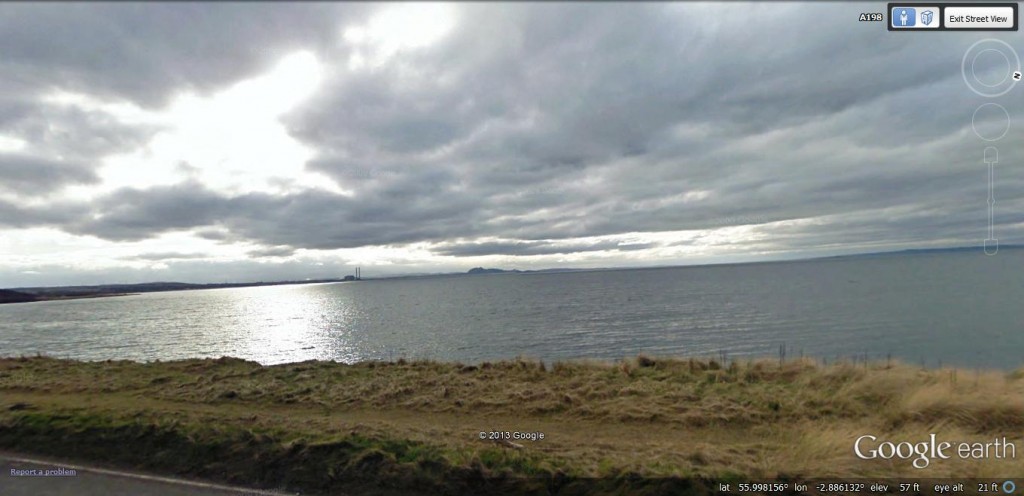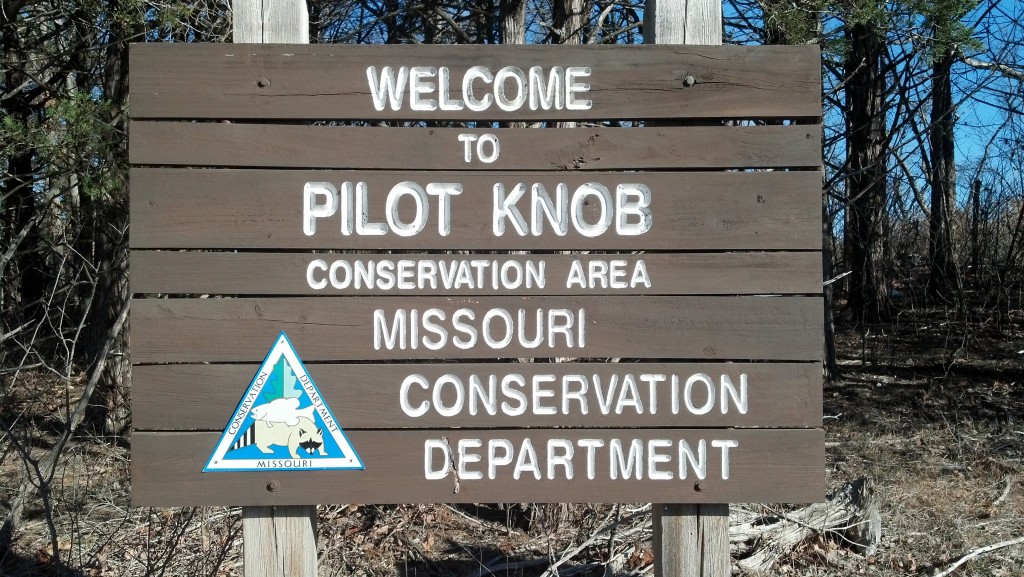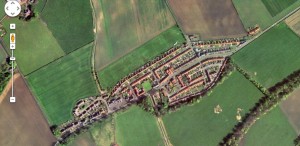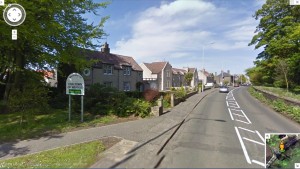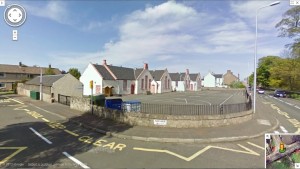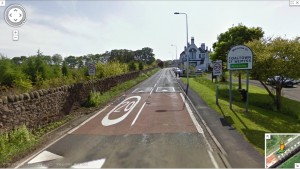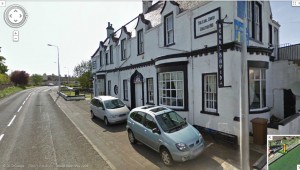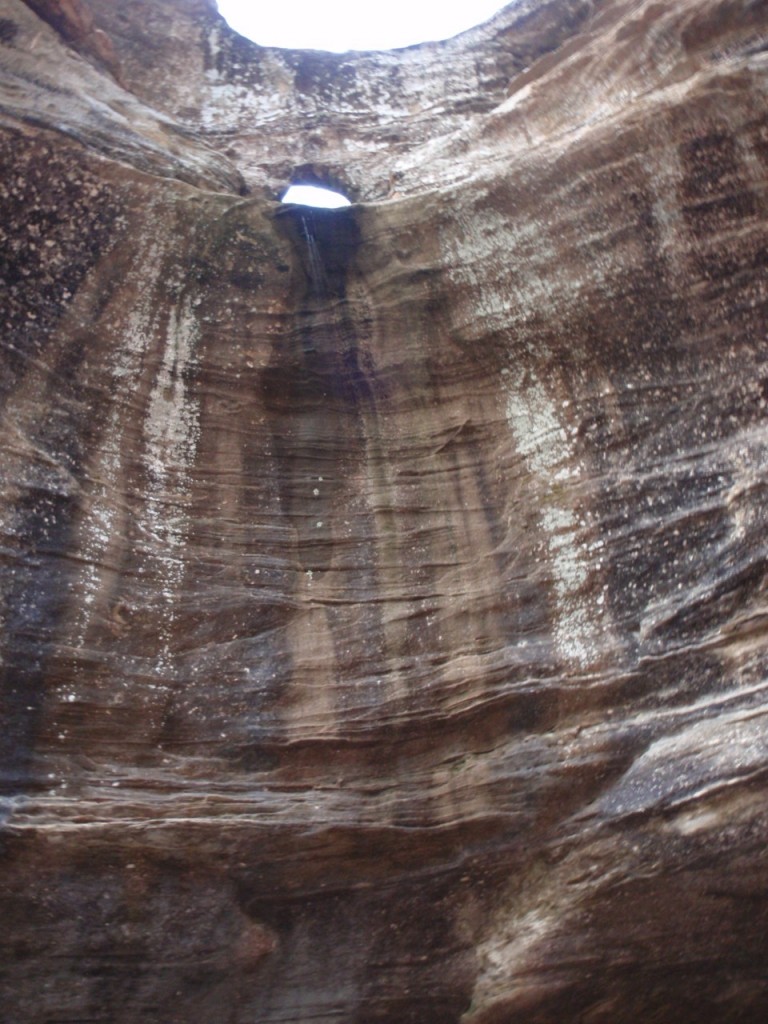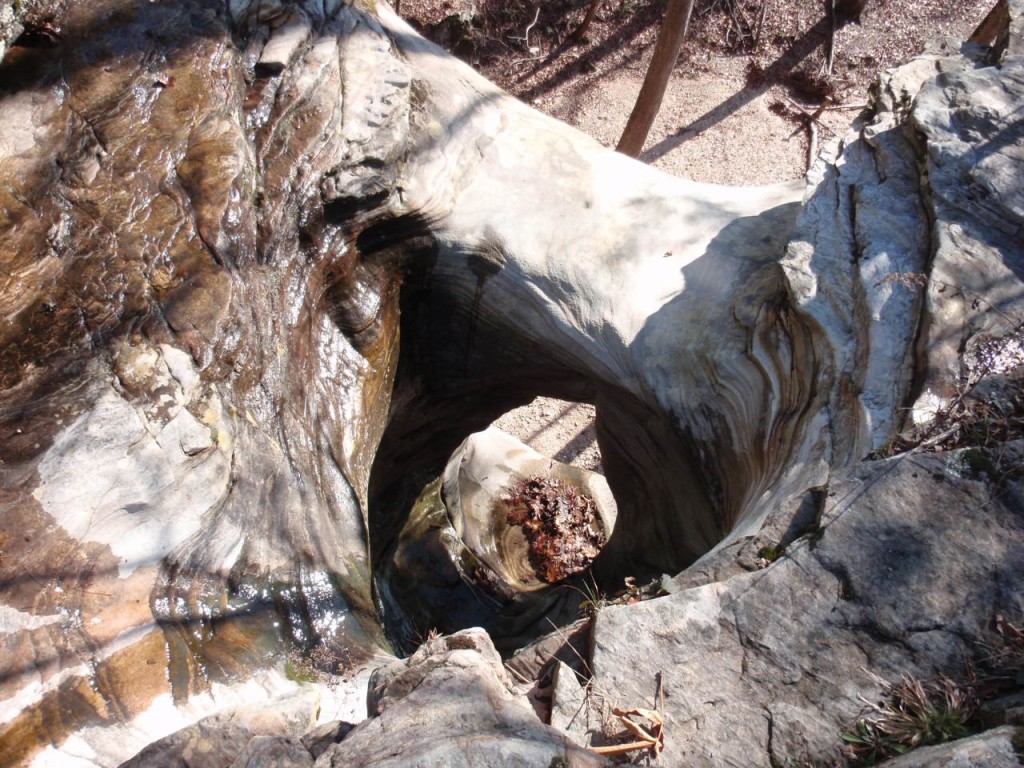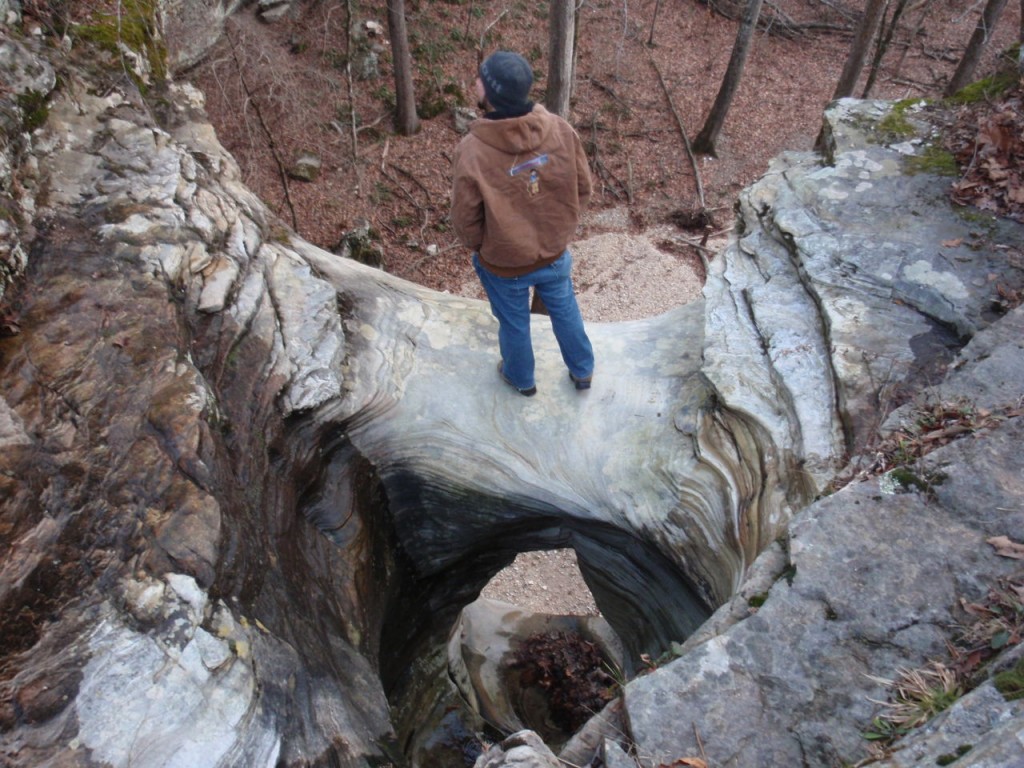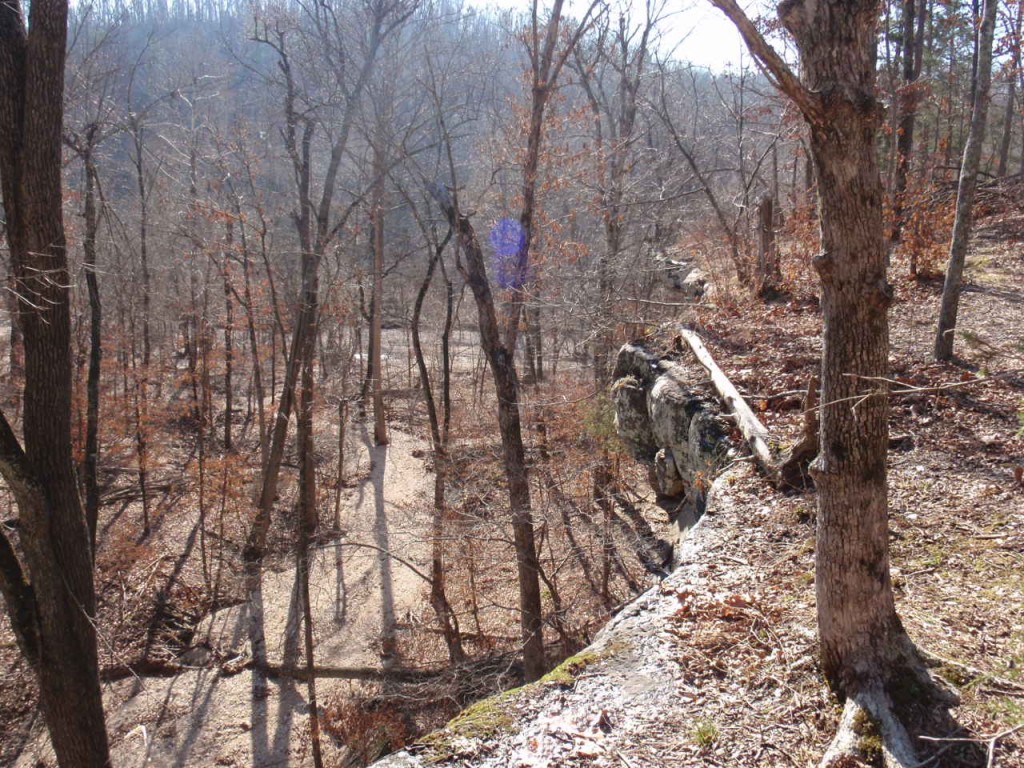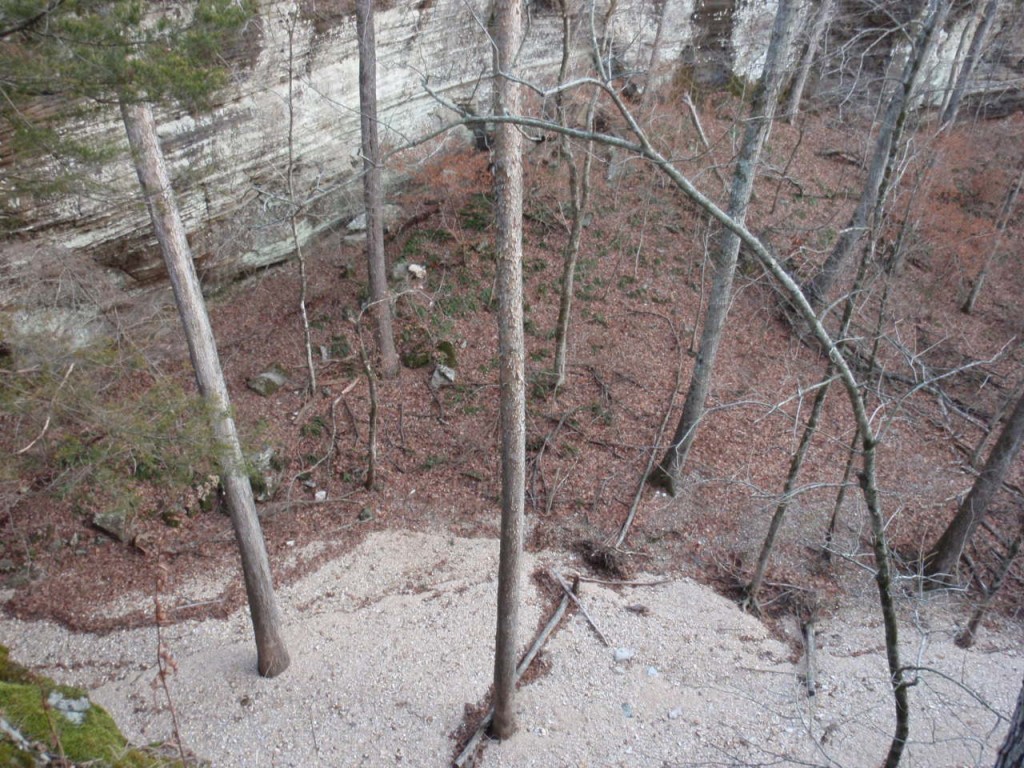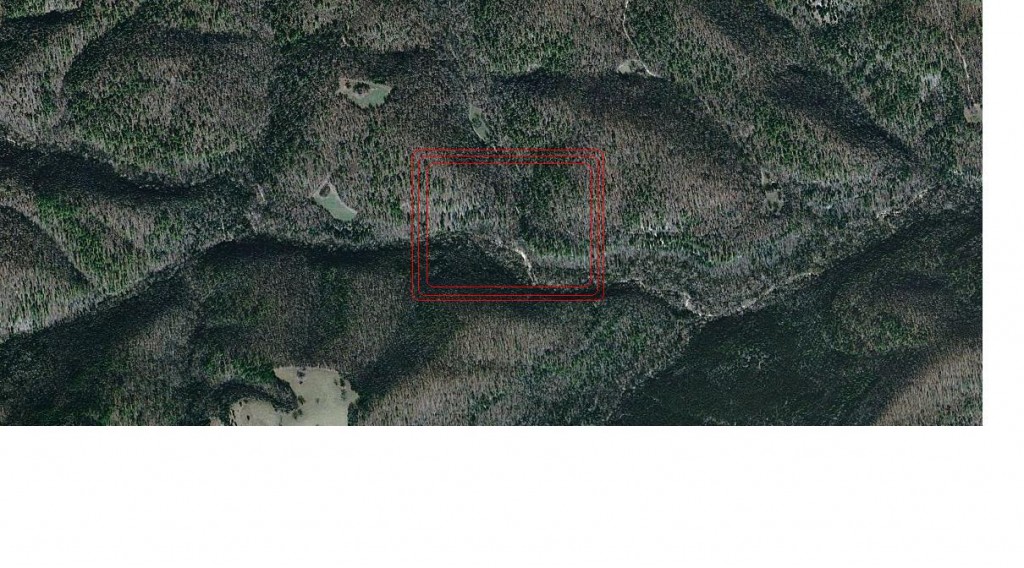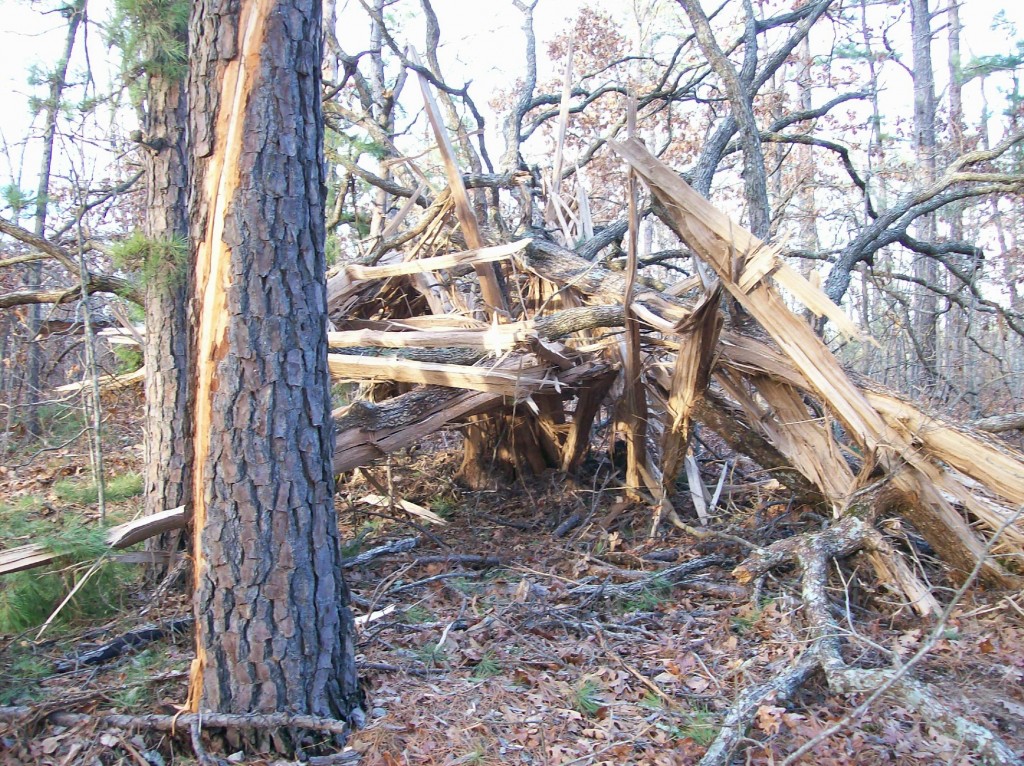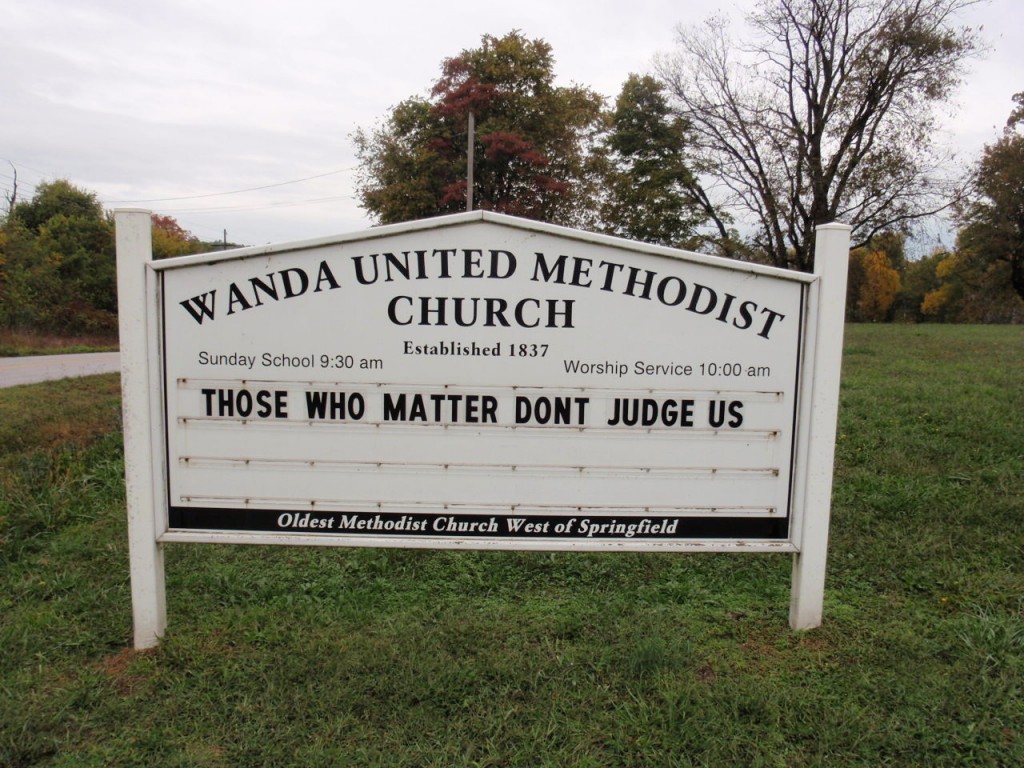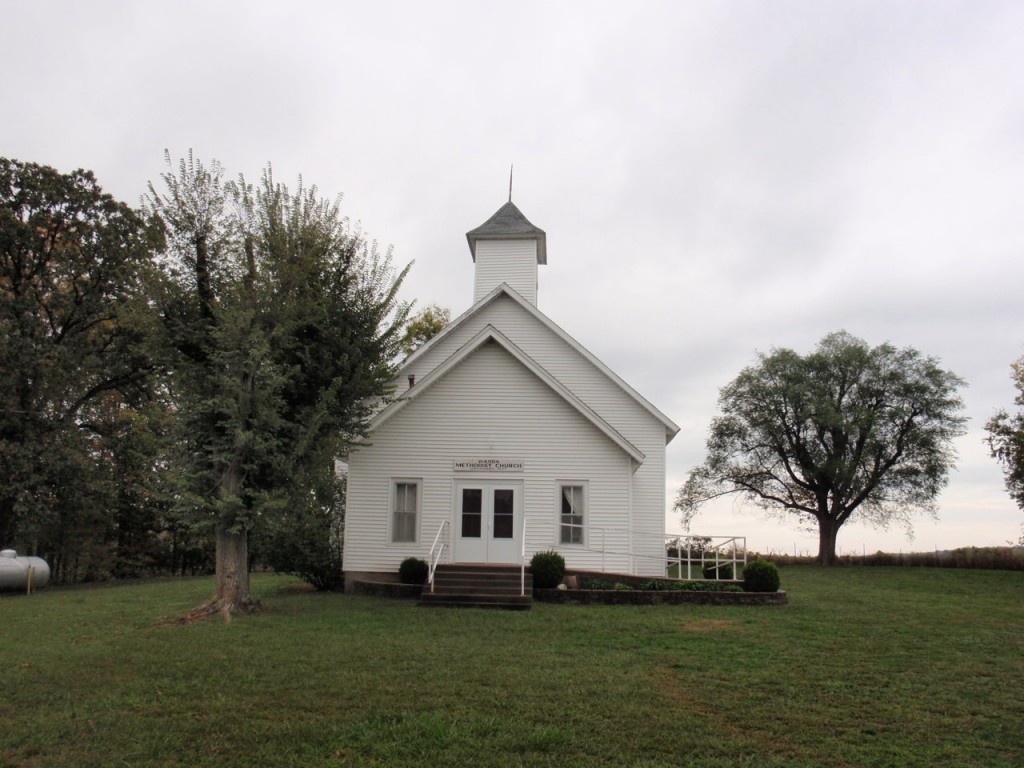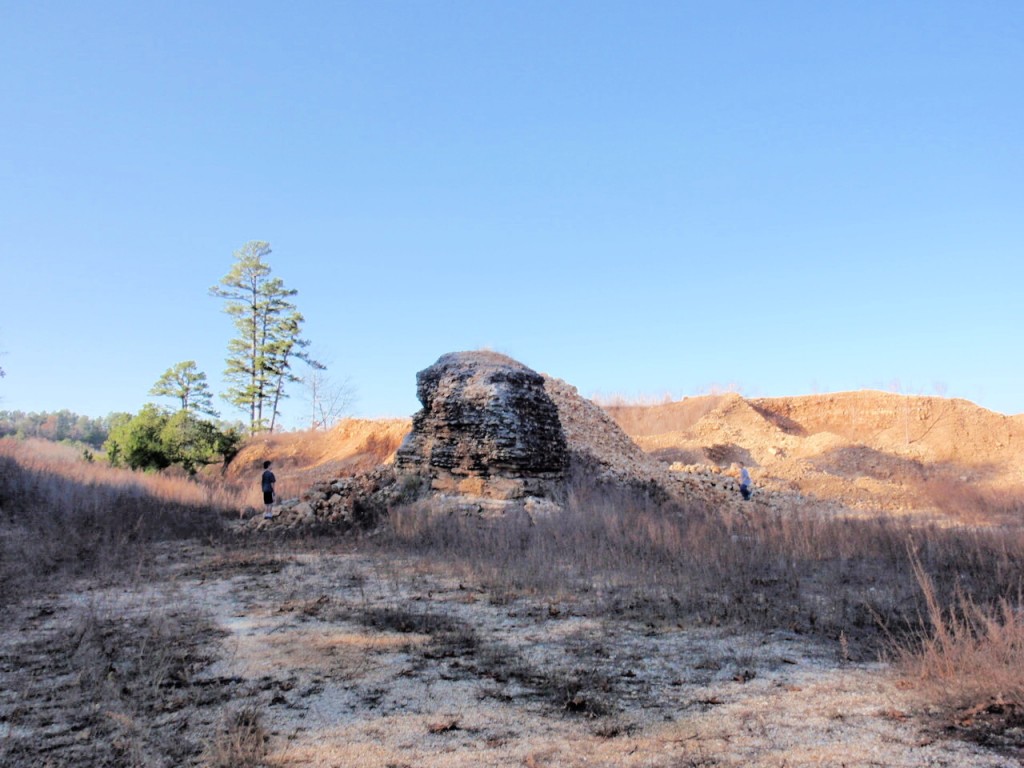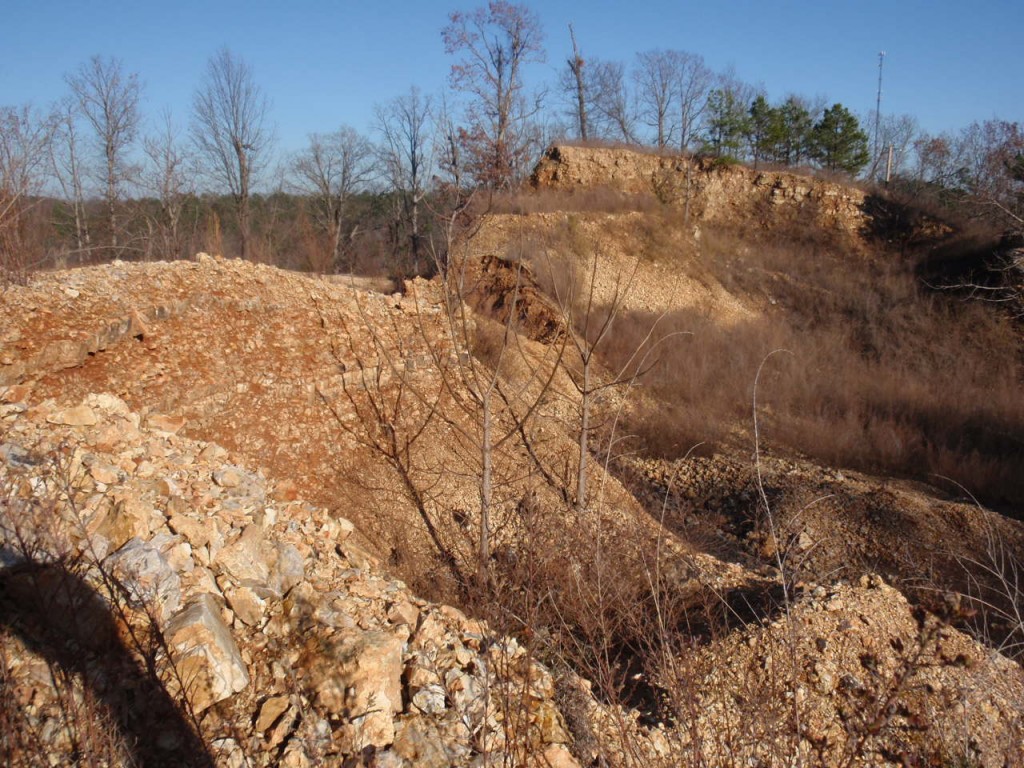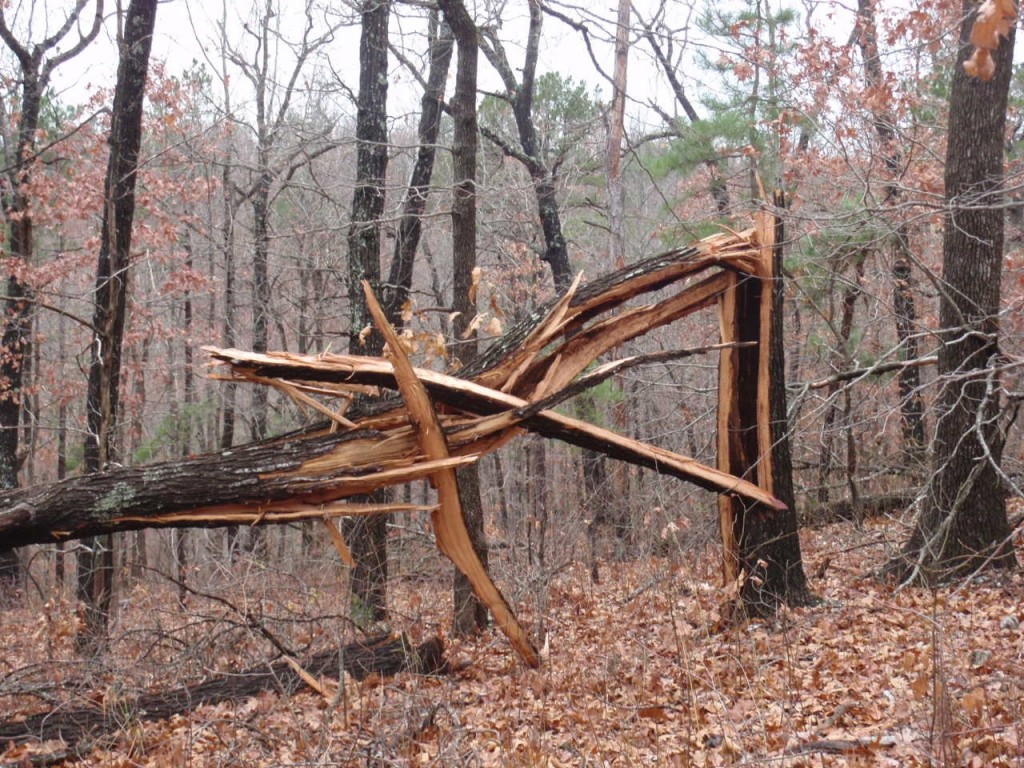The goal of today’s expedition was to locate the historic community of High, Arkansas. In 1907, a post office was established there by Fred High, who was postmaster for 35 years. I read that item in his book Forty-Three Years for Uncle Sam (copyright 1949.) He says that his Grandfather High was Dutch and came to the United States in about 1756 and eventually settled in this part of Carroll County on Indian Creek.
My specific goal was to find the High Cemetery, where my Great-Uncle Franklin Wolfinbarger (1933-2008) is buried. I’d never been there and all I knew was that the High Cemetery is located on County Road 422.
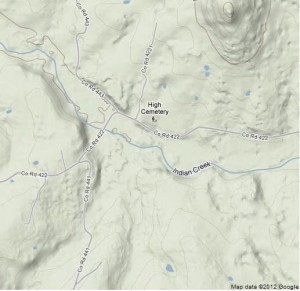
Starting on the western end of County Road 422, I found the High Church and Cemetery about a mile and a half into the journey, just a short ways after crossing Indian Creek (elevation about 1020 feet, low point on County Road 422.)
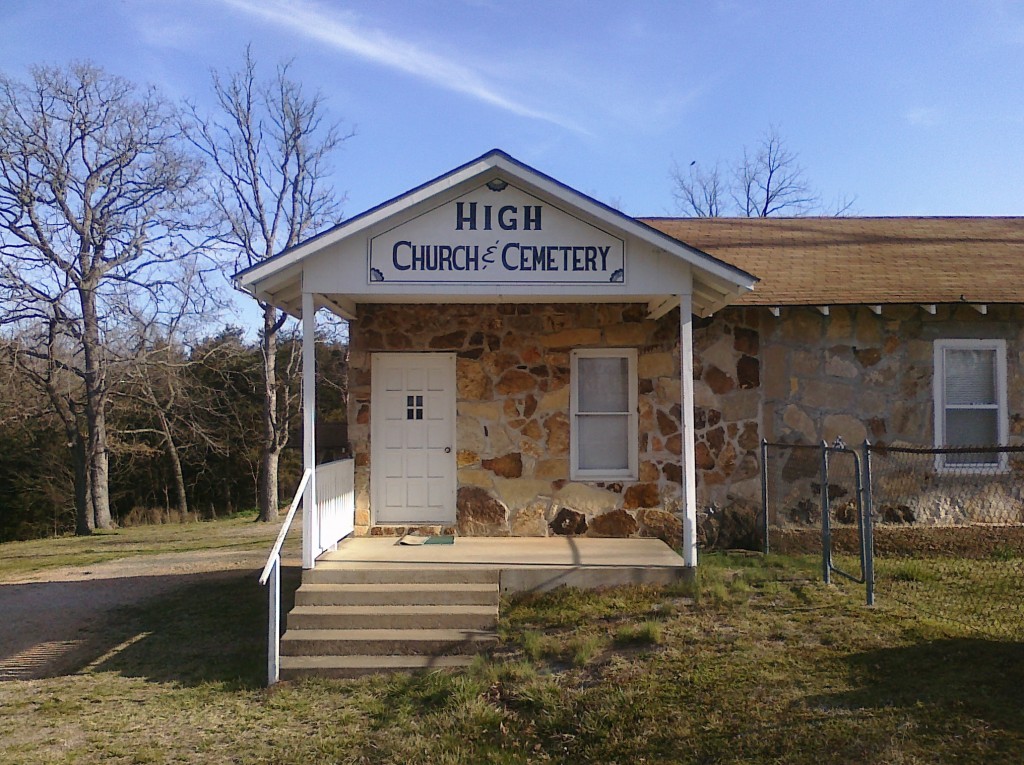
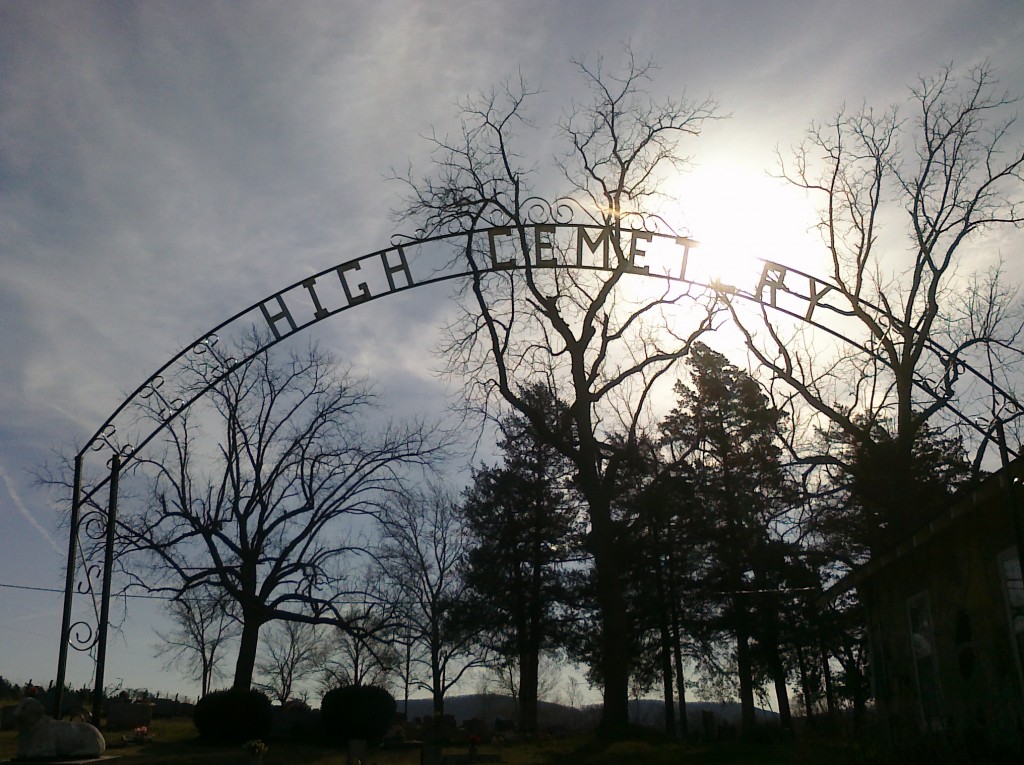
The High Cemetery is sizeable for a rural Ozarks cemetery, with over 400 internments. Many of Carroll County’s old families are buried there, families with names like Williams, Biggerstaff, Ray, and, of course, High. The oldest internment I can find reference to is John High (1788-1861).
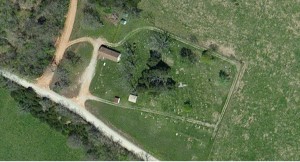
In the center of this pretty cemetery is a grove of massive cedars.
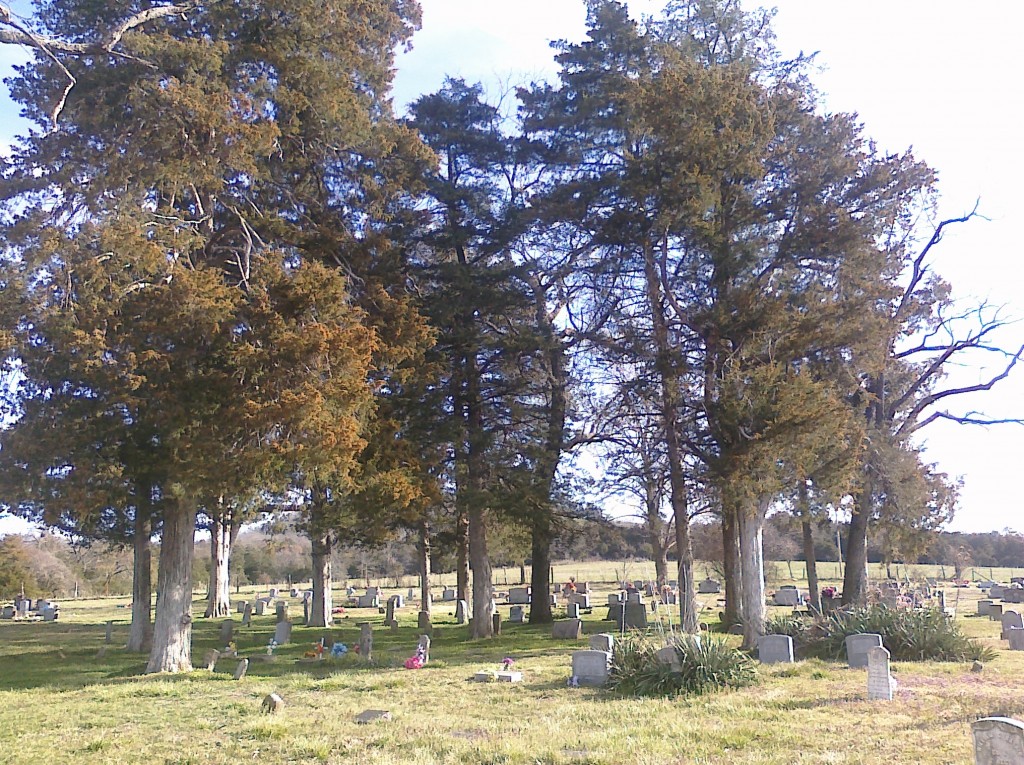
I was at the cemetery for nearly an hour and not a single vehicle drove by on the gravel road.
Going east from the High Cemetery on County Road 422, I unexpectedly found the old New Salem School. The only information I can find about it is that the New Salem community was an early settlement in Carroll County, Arkansas.
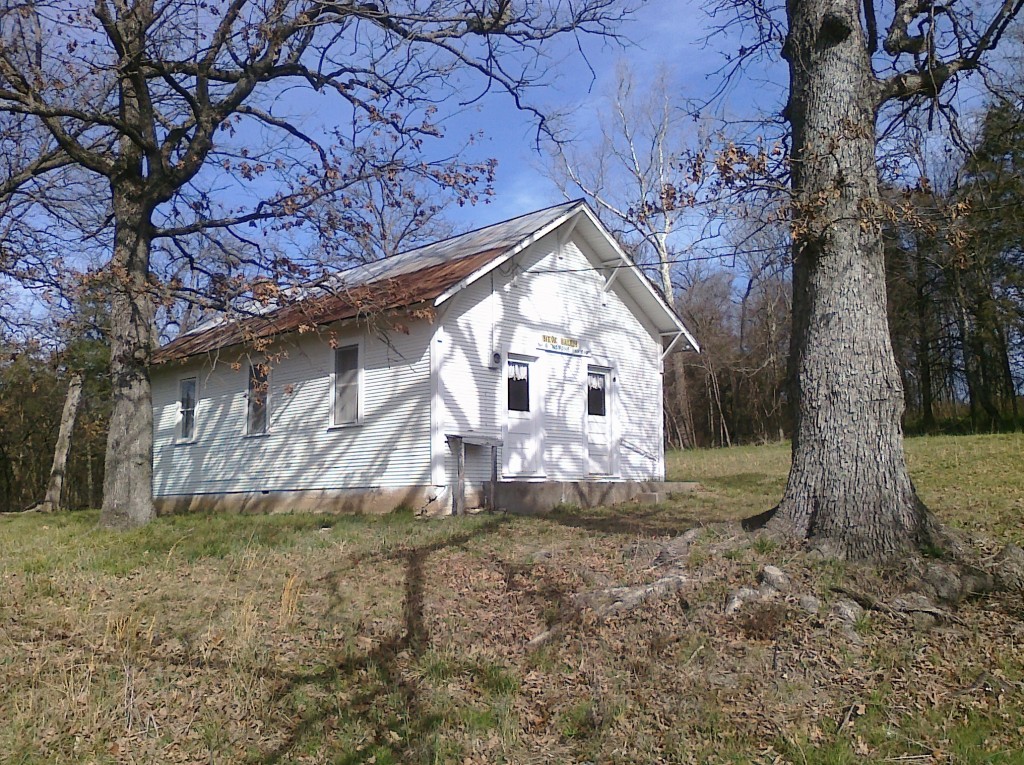
Why does it say “NO PONE” on the New Salem School sign?
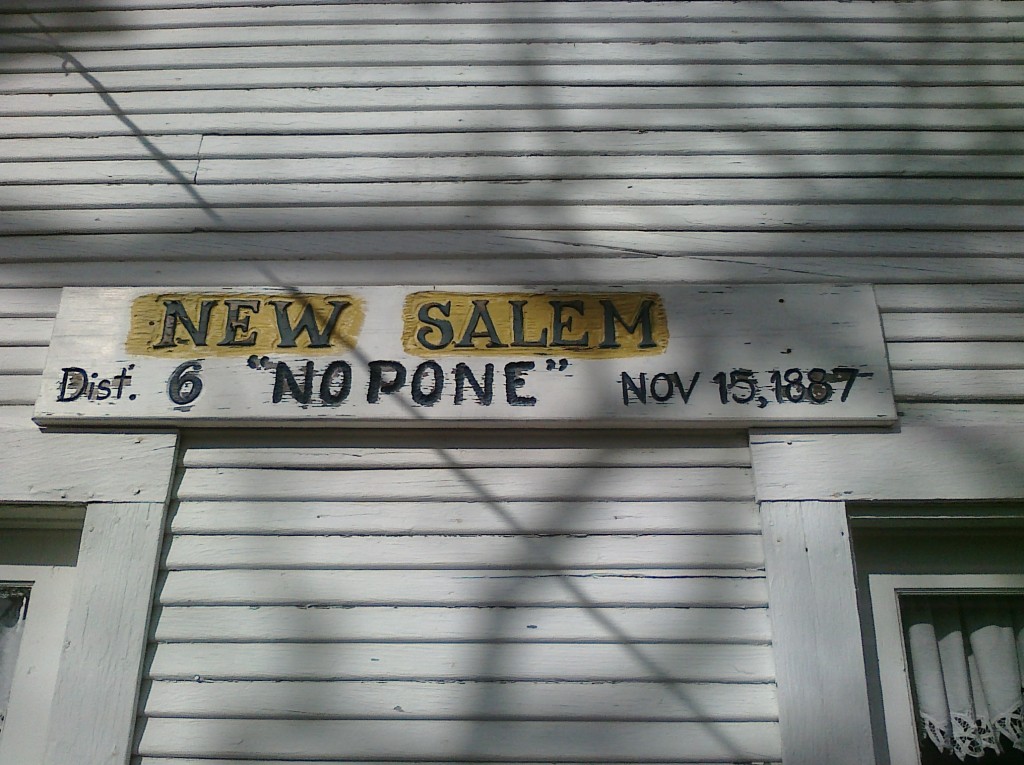
After passing the school, the road climbs up between two hills to its highest point of 1461 feet elevation before ending a couple of miles later.
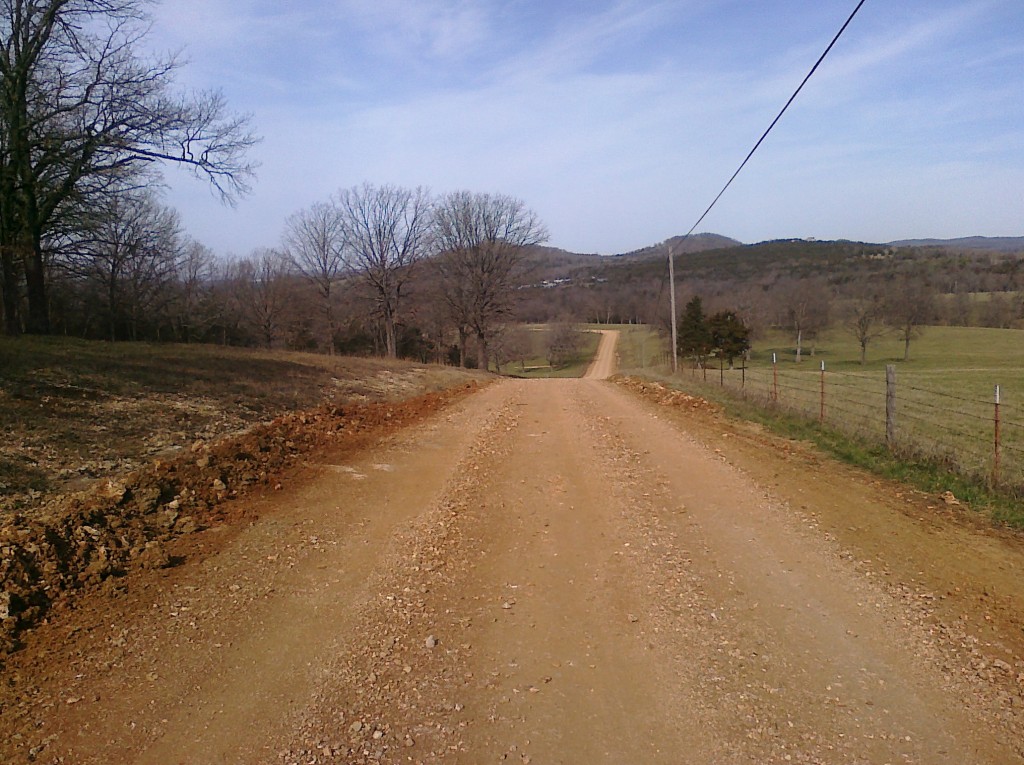
County Road 422 stretches about seven miles across north central Carroll County joining Arkansas State Highway 221 with Arkansas State Highway 21. Driving the length of this road, I only met one other vehicle, a pickup that stopped short and let me pass in a narrow spot.
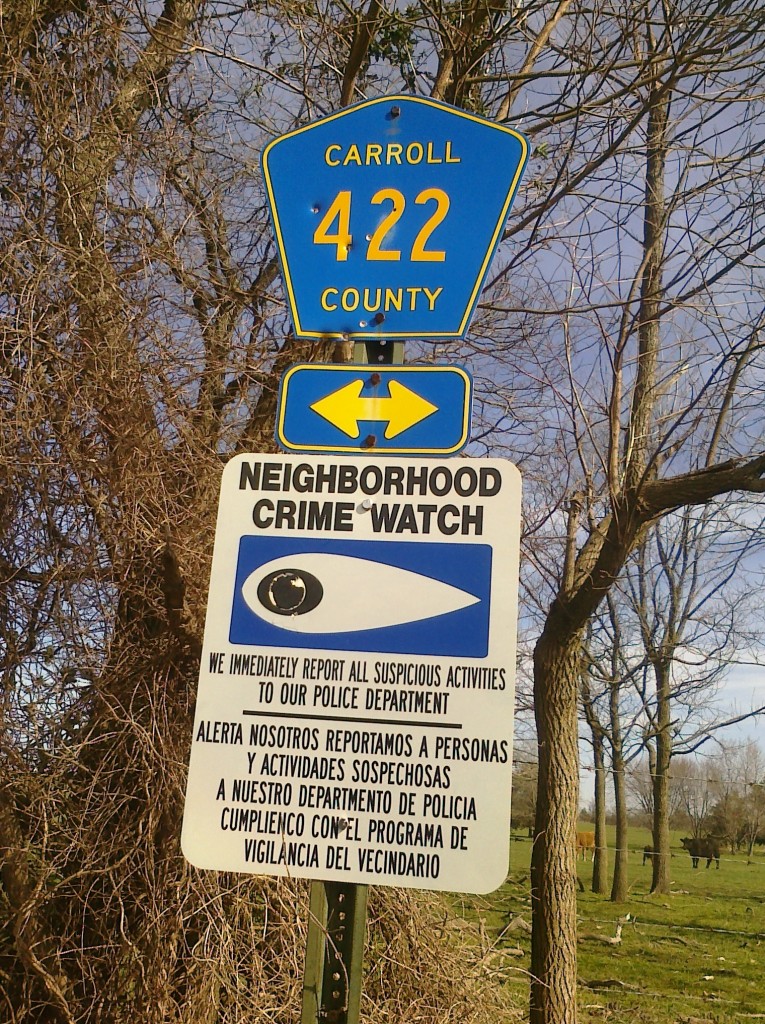
A note on today’s journey: my mediocre photography skills are sometimes made better by my handy little Olympus camera. Well, it is missing, so I had to use cell phone pictures. If you find my camera, please let me know.
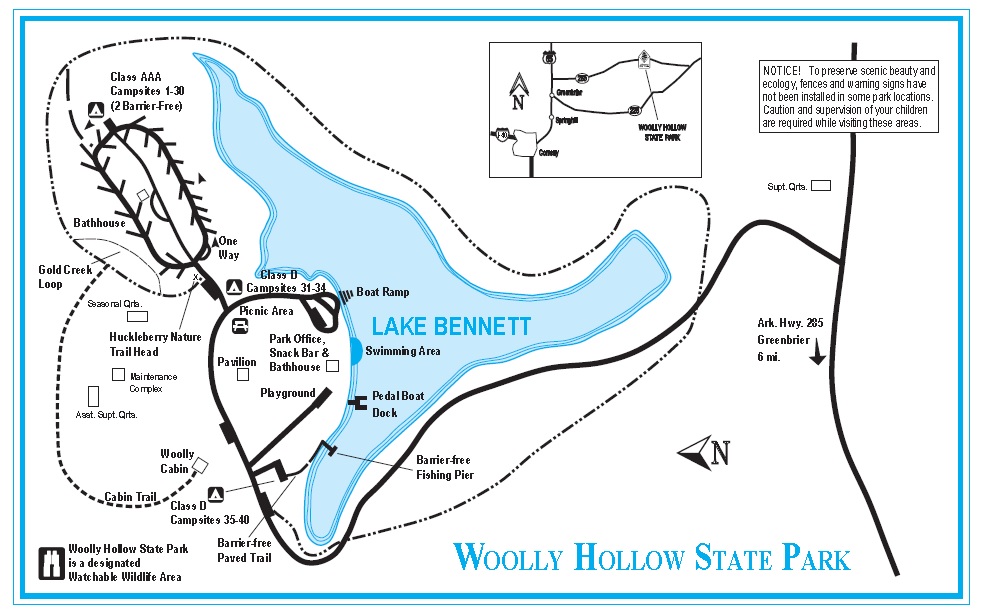 Since the summer season was over, some activities at the state park were curtailed. For instance, the swimming beach on 40-acre Lake Bennett was closed and deserted, as was the snack bar. The lake also has a marina with boat rentals. We did spend a few minutes perusing the small gift shop in the park’s headquarters building shortly before it closed for the day. Had we more time we could have enjoyed the many miles of hiking trails available or spent the night in the campground.
Since the summer season was over, some activities at the state park were curtailed. For instance, the swimming beach on 40-acre Lake Bennett was closed and deserted, as was the snack bar. The lake also has a marina with boat rentals. We did spend a few minutes perusing the small gift shop in the park’s headquarters building shortly before it closed for the day. Had we more time we could have enjoyed the many miles of hiking trails available or spent the night in the campground.
